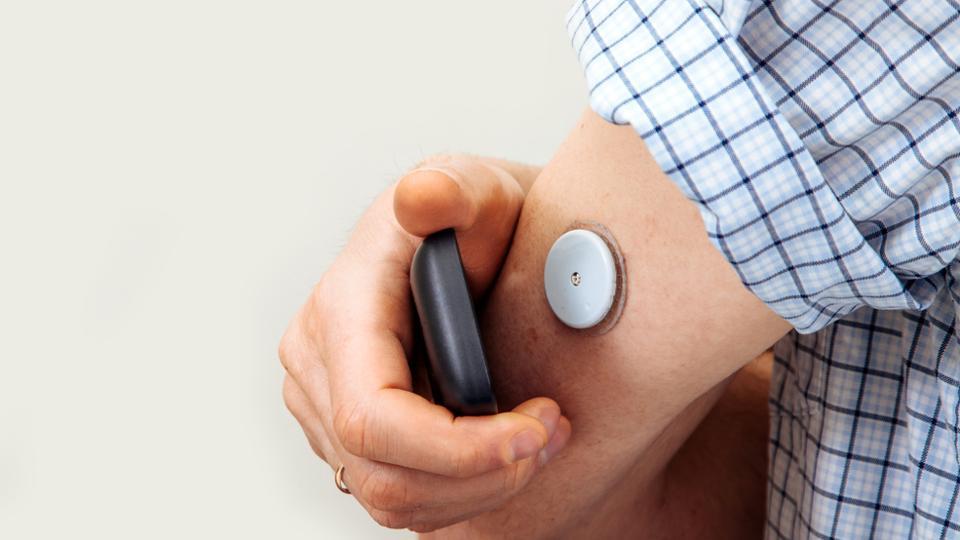This new low-cost plastic sensor can help in early diagnosis of diseases

Scientists have developed a low-cost sensor made from semiconducting plastic that can be used to diagnose or monitor a wide range of health conditions, such as surgical complications or neurodegenerative diseases. The sensor can measure the amount of critical metabolites, such as lactate or glucose, that are present in sweat, tears, saliva or blood, and, when incorporated into a diagnostic device, could allow health conditions to be monitored quickly, cheaply and accurately.
The device, described in the journal Science Advances, has a far simpler design than existing sensors, and opens up a wide range of new possibilities for health monitoring down to the cellular level. Semiconducting plastics are being developed for use in solar cells and flexible electronics, but have not yet seen widespread use in biological applications.
“In our work, we’ve overcome many of the limitations of conventional electrochemical biosensors that incorporate enzymes as the sensing material,” said Anna-Maria Pappa, a postdoctoral researcher at University of Cambridge in the UK.
“In conventional biosensors, the communication between the sensor’s electrode and the sensing material is not very efficient, so it’s been necessary to add molecular wires to facilitate and ‘boost’ the signal,” said Pappa.
To build their sensor, researchers including those from King Abdullah University of Science and Technology (KAUST) in Saudi Arabia, used a newly-synthesised polymer that acts as a molecular wire, directly accepting the electrons produced during electrochemical reactions.
When the material comes into contact with a liquid such as sweat, tears or blood, it absorbs ions and swells, becoming merged with the liquid. This leads to significantly higher sensitivity compared to traditional sensors made of metal electrodes.
Additionally, when the sensors are incorporated into more complex circuits, such as transistors, the signal can be amplified and respond to tiny fluctuations in metabolite concentration, despite the tiny size of the devices. Initial tests of the sensors were used to measure levels of lactate, which is useful in fitness applications or to monitor patients following surgery.
However, according to the researchers, the sensor can be easily modified to detect other metabolites, such as glucose or cholesterol by incorporating the appropriate enzyme, and the concentration range that the sensor can detect can be adjusted by changing the device’s geometry.
“This is the first time that it’s been possible to use an electron accepting polymer that can be tailored to improve communication with the enzymes, which allows for the direct detection of a metabolite: this hasn’t been straightforward until now,” said Pappa.
[“source=hindustantimes”]


